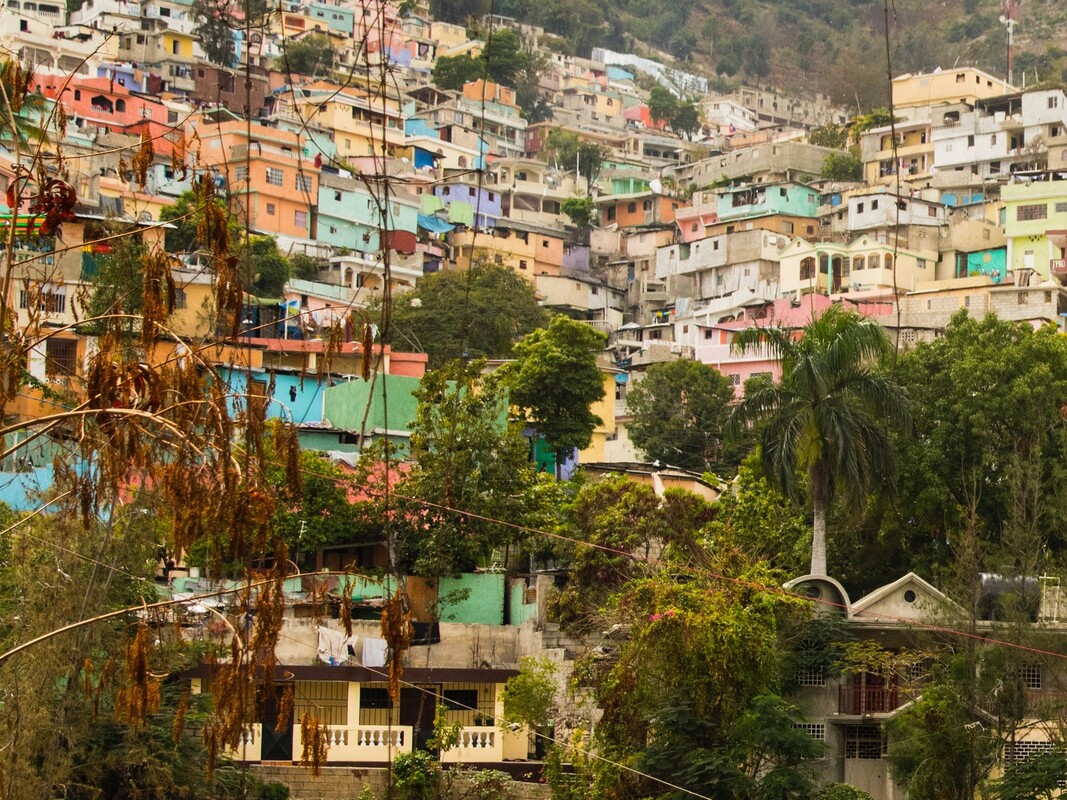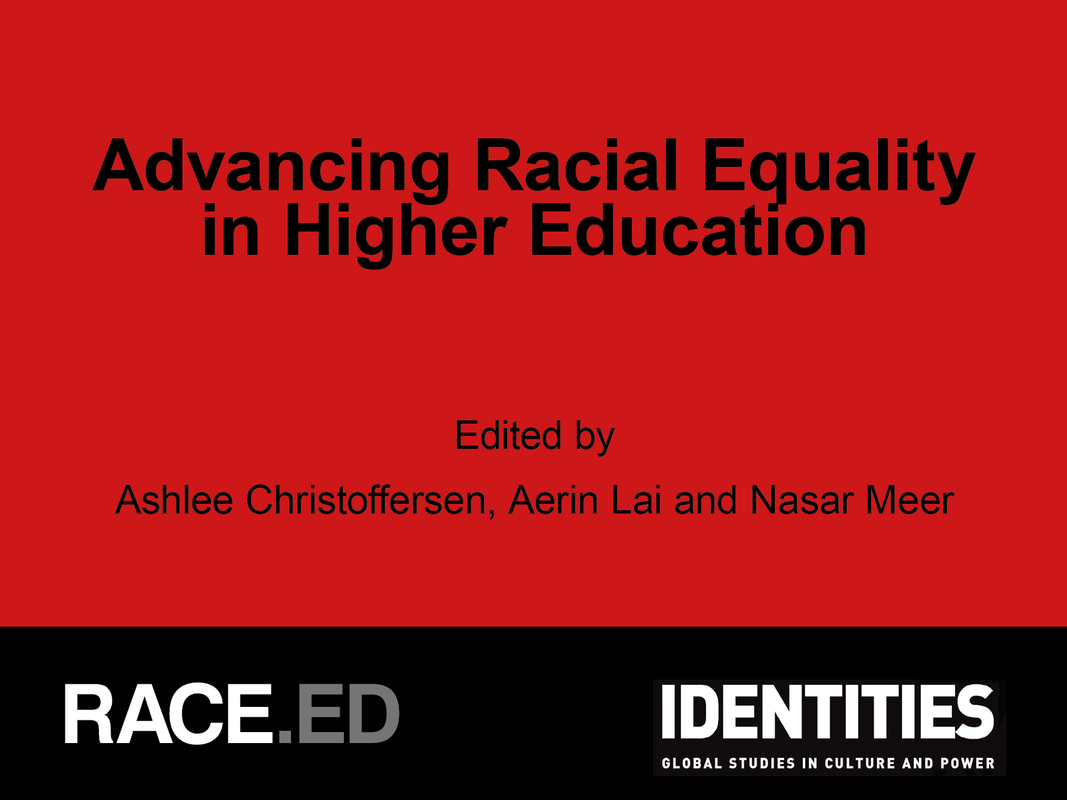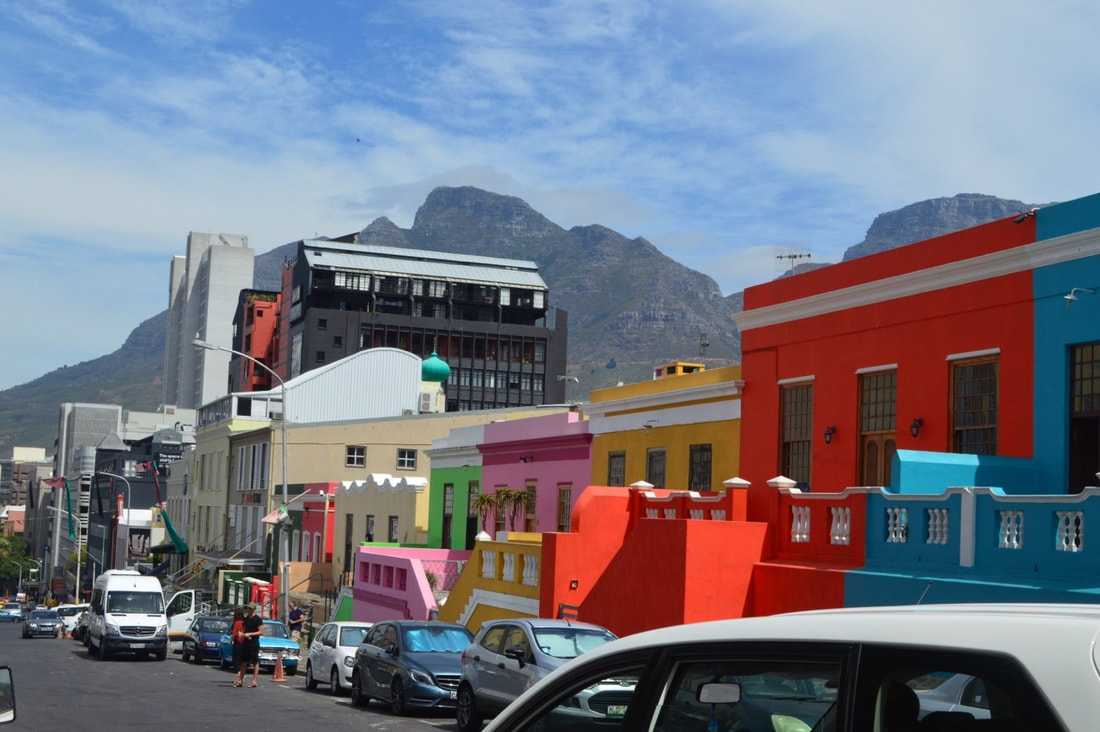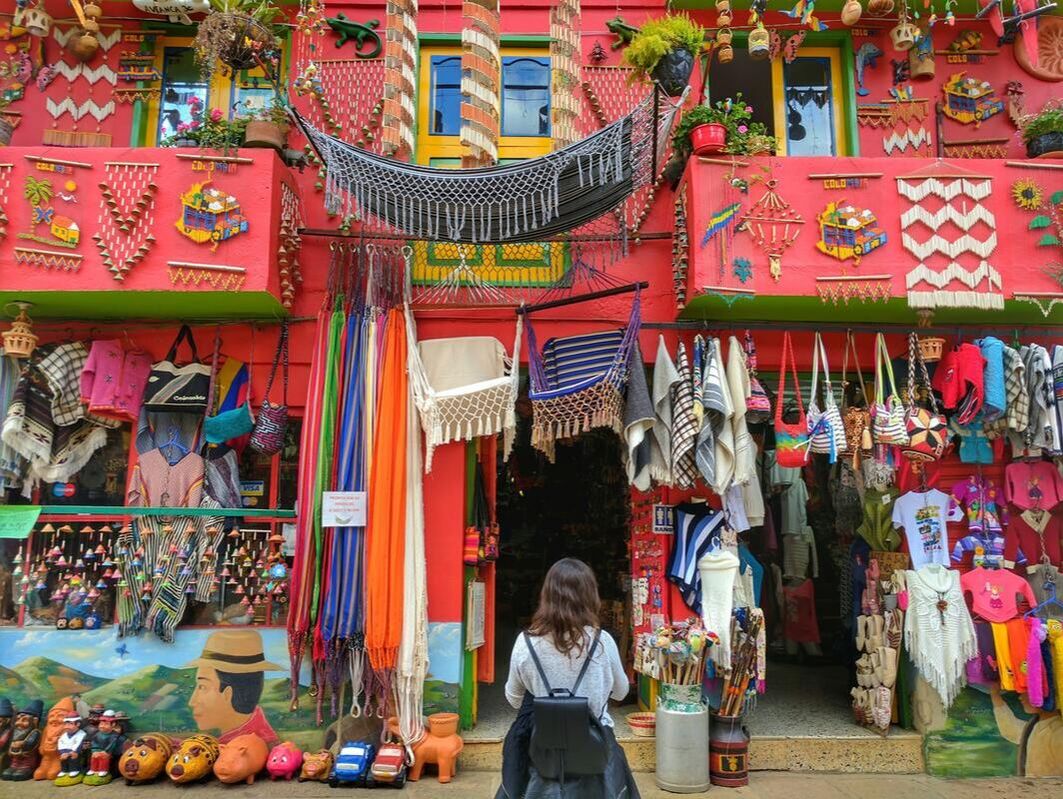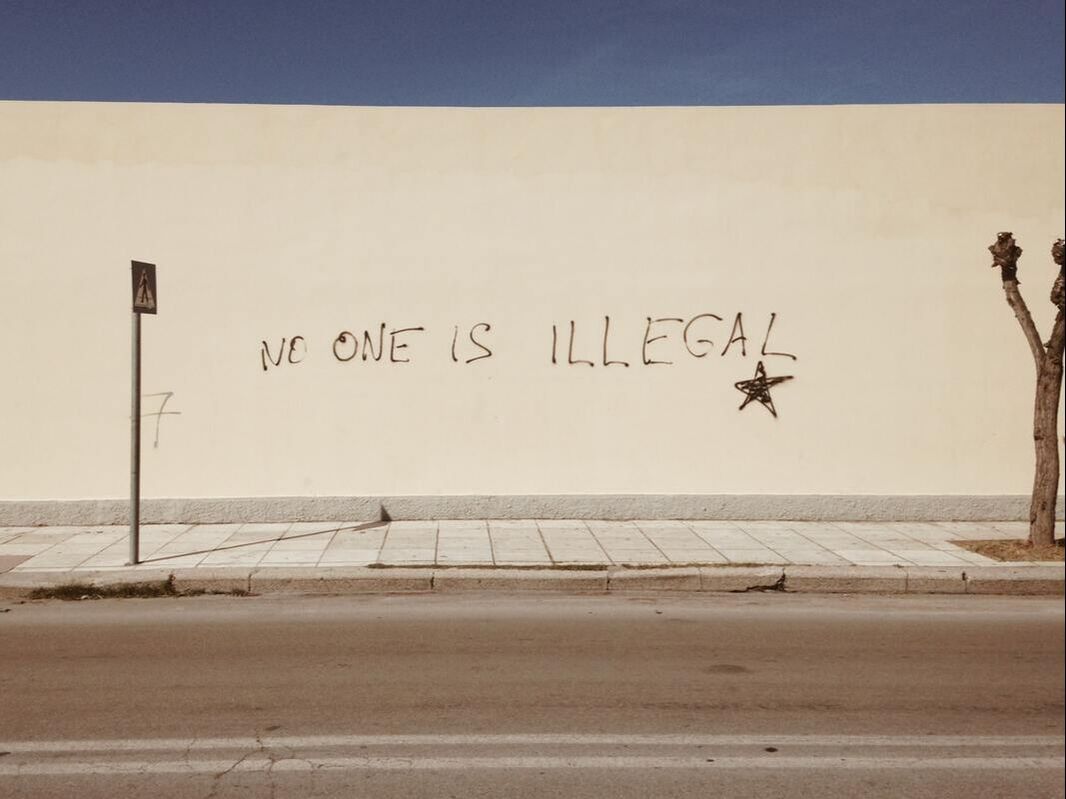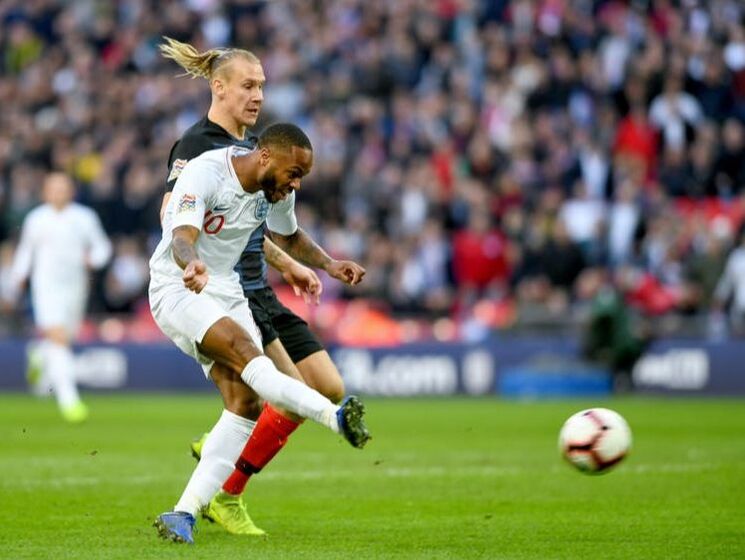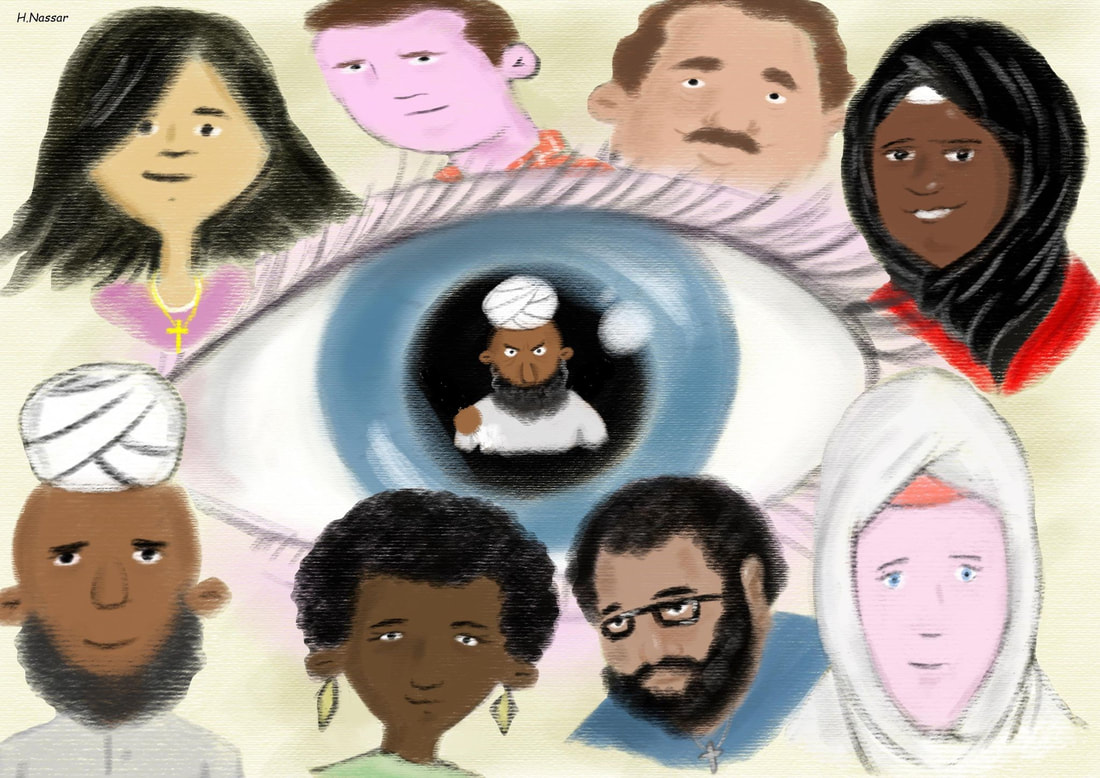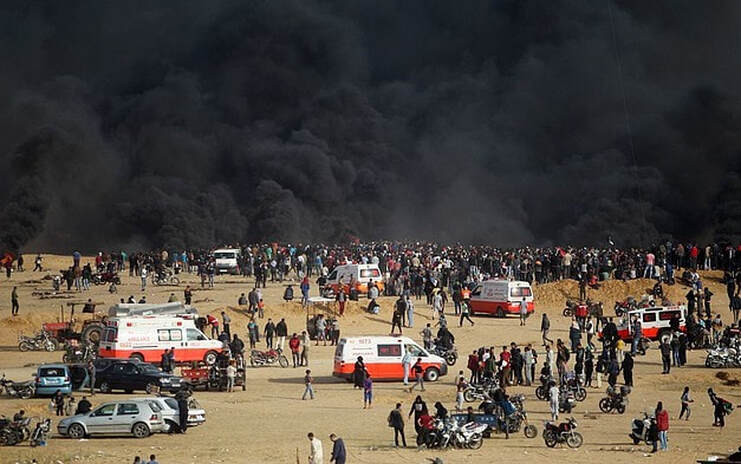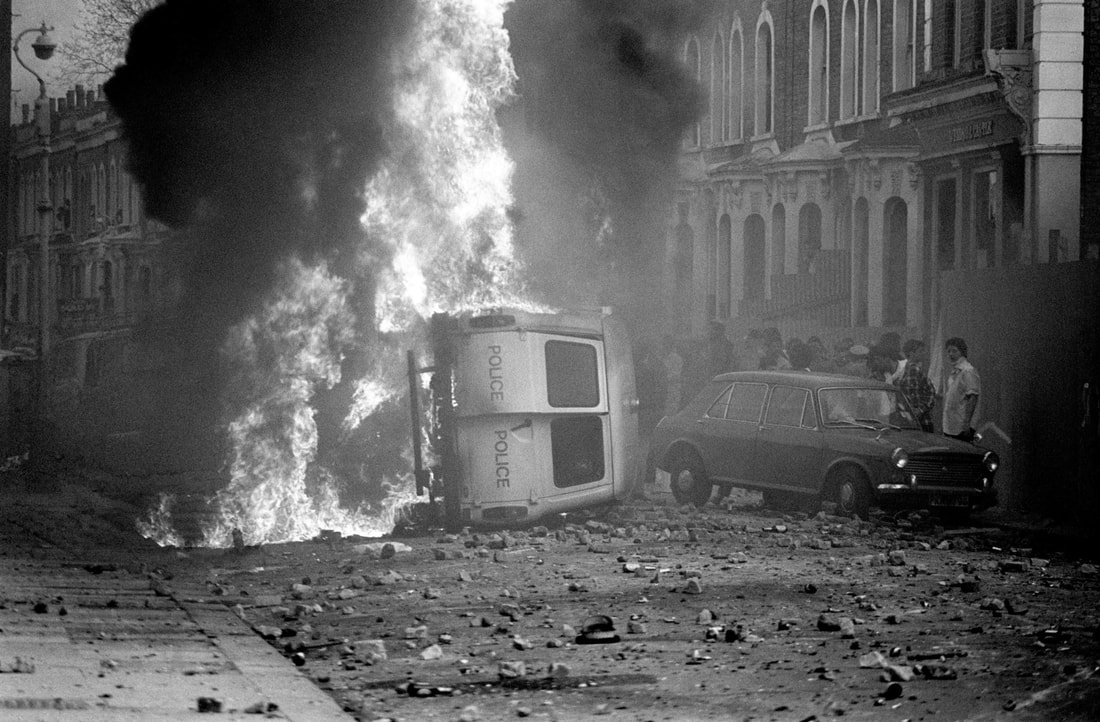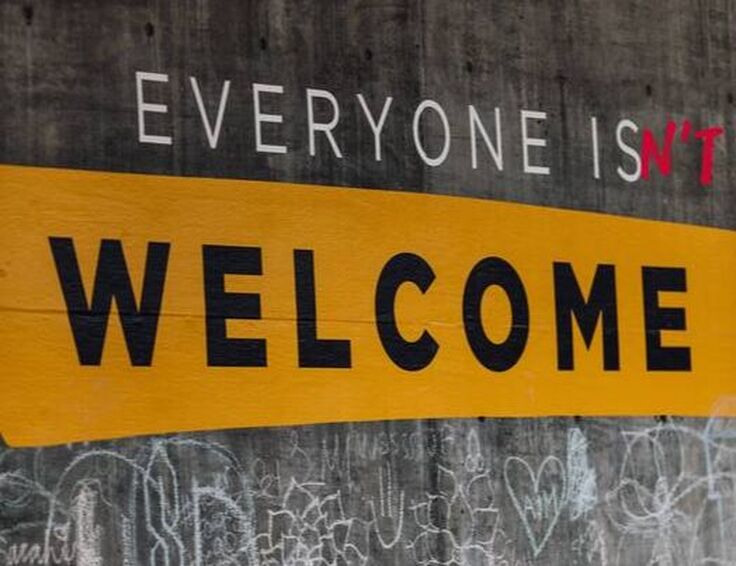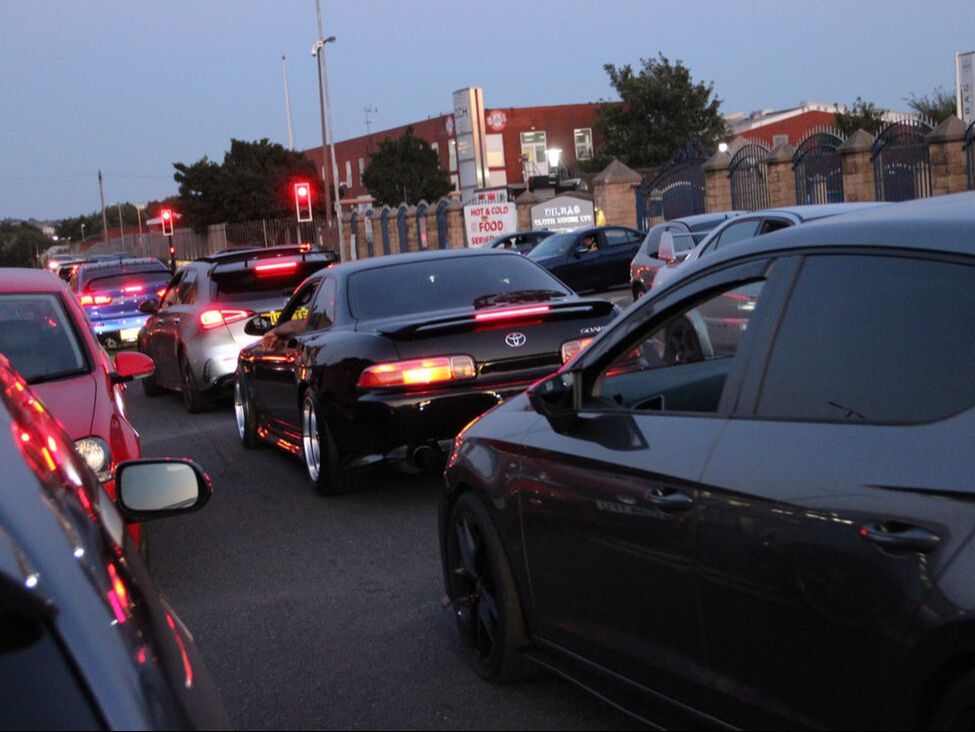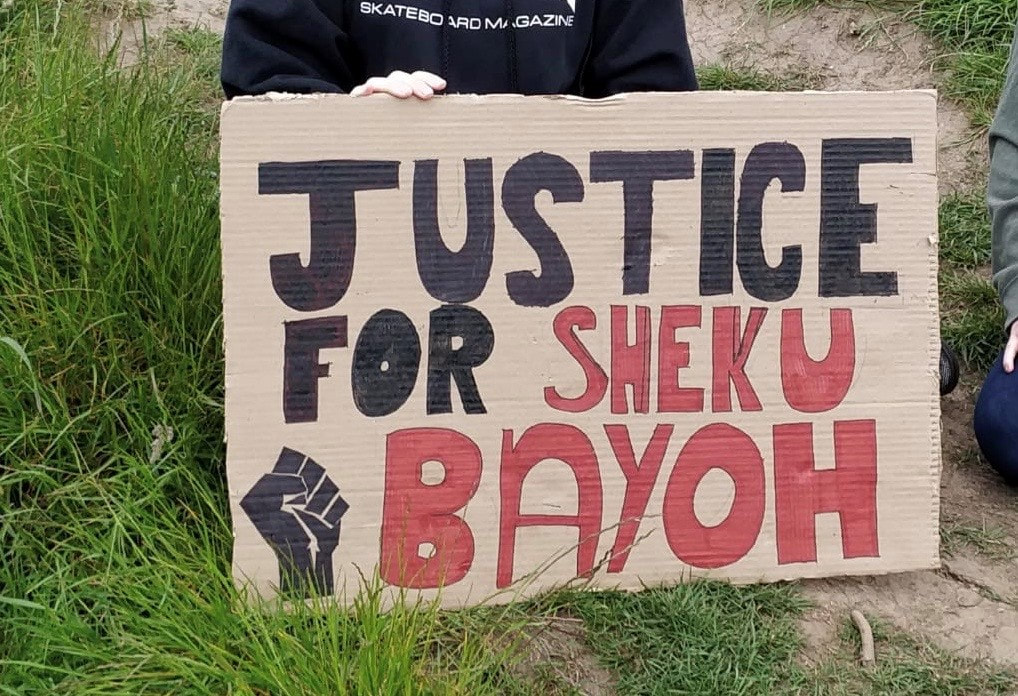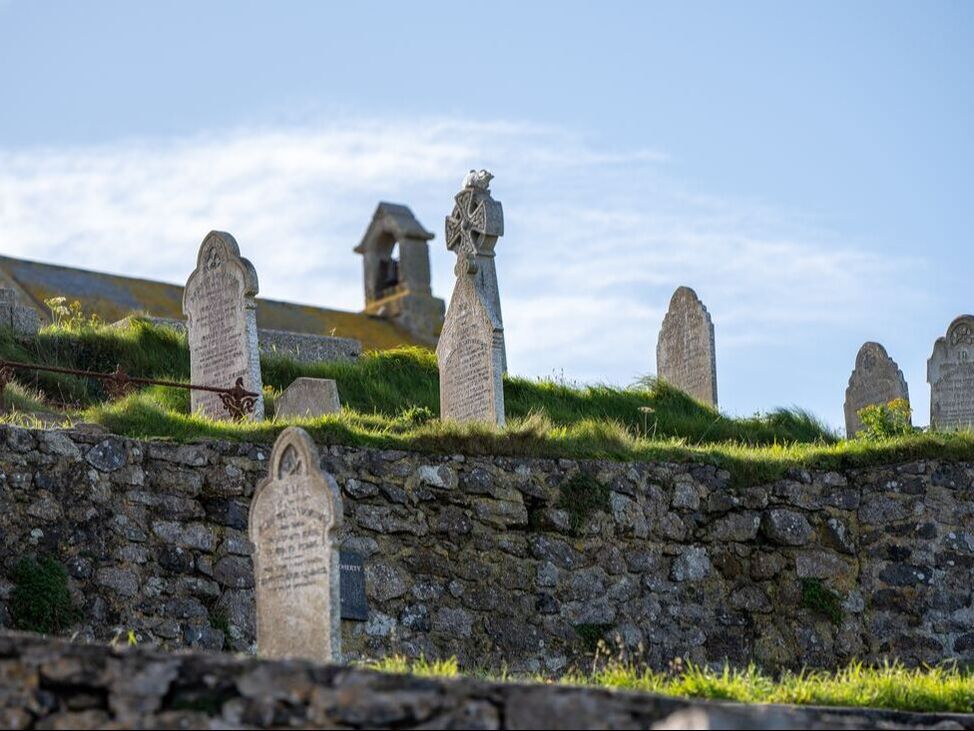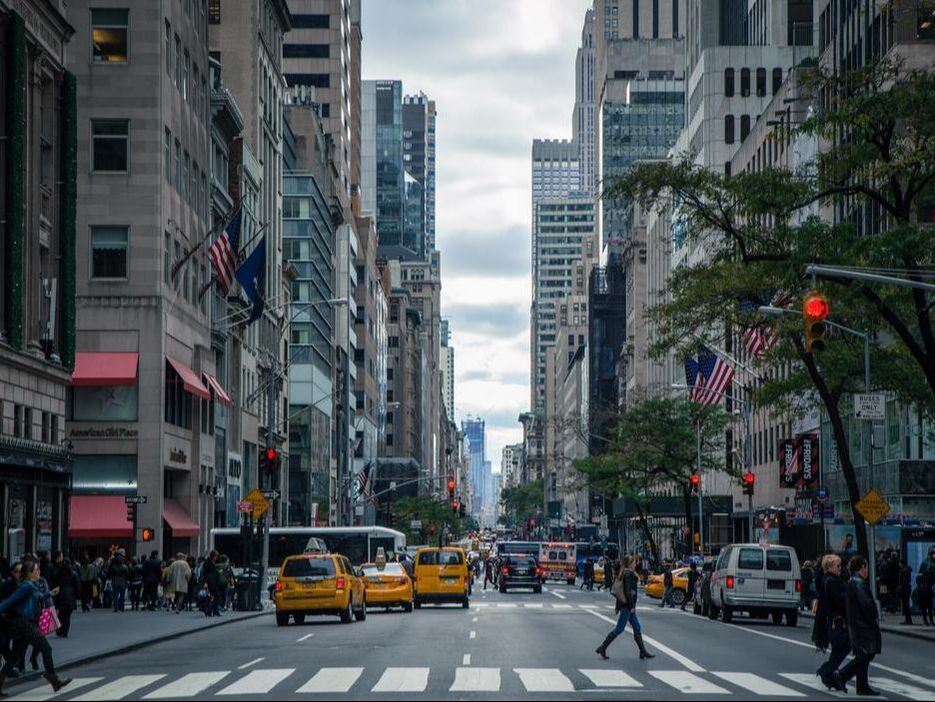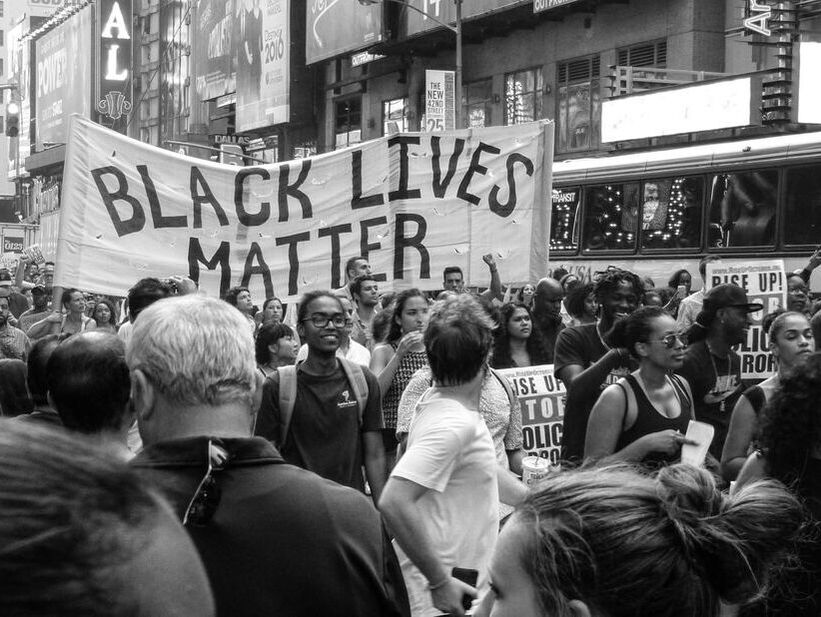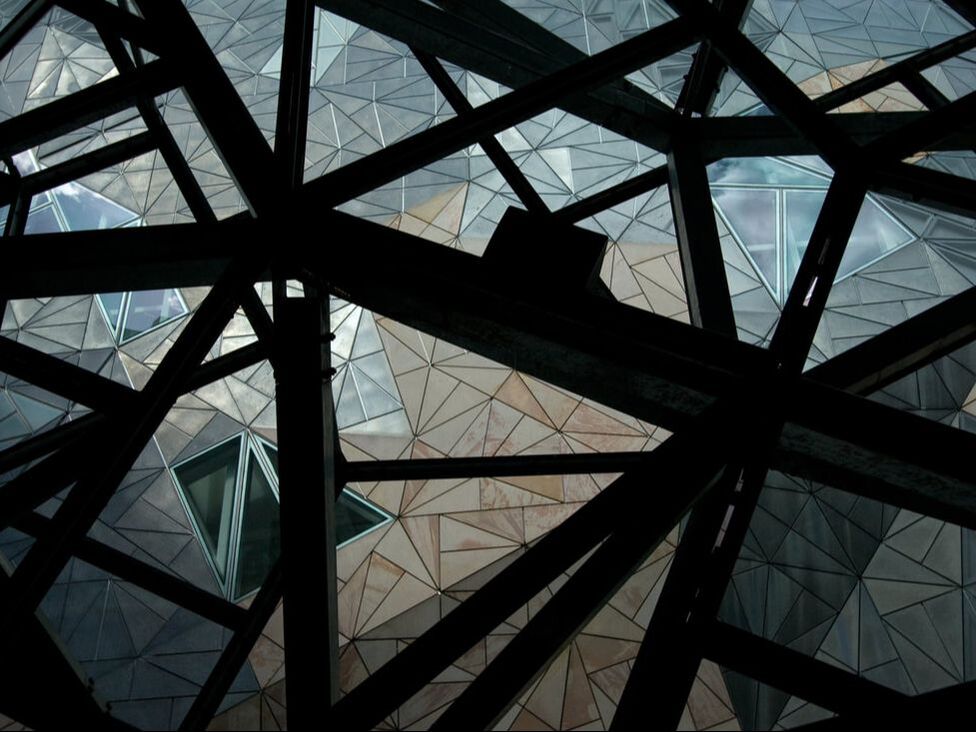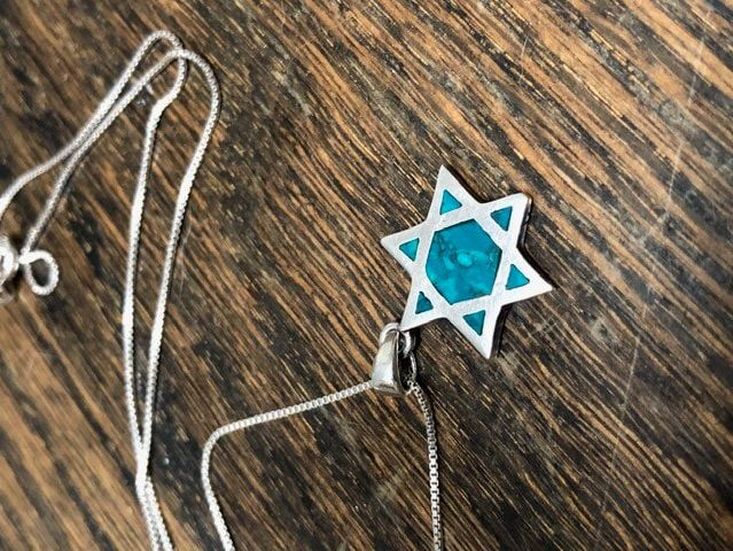|
|
|
Blog post by Shereen Fernandez, London School of Economics, UK
Right now in the UK, the topic of ‘extremism’ is once again gripping public consciousness. On 14th March 2024, Michael Gove MP, the communities secretary, unveiled a new government definition of extremism, which is: ‘the promotion or advancement of an ideology based on violence, hatred or intolerance, that aims to:
The unveiling of this new definition of extremism aims to target groups and individuals who, if defined as an extremist, will be blocked from engaging in government, working in public bodies, and receiving council grants. Extremists are not considered as lawless per se, meaning that they cannot be prosecuted but instead, are considered to be ‘unacceptable’ by government. Of course, any designation of extremism will have a direct impact on how such groups and individuals can operate in other spaces of significance, such as in religious institutions, where claims of hosting ‘extremists’ will set them back significantly. As shown in my Identities article on Prevent in schools, ‘When counter-extremism ‘sticks’: the circulation of the Prevent Duty in the school space’, the label of ‘extremism’, for Muslims especially, is part of a long trajectory dating back to 9/11 which saw their significant securitization globally as a result of labels like this.
0 Comments
Blog post by Vadricka Etienne, University of Nevada, Reno, USA
Each year, my immigrant father embarks on a summer trip to Haiti. A lump jumps into my throat as he prepares for his journey. He’s excited to return home, but I fear for his safety. This fear grows yearly, and my anxiety spikes whenever he doesn’t answer the phone. My thoughts race to the worst-case scenarios, mainly because we’ve discussed what to do if he was kidnapped. While the rising gang violence demanded that he skip his trip last year, he would not miss another. I understand because he is at peace when in Haiti. But I find myself taking deeper breaths only when he lands in Miami, making his way home. During the summer, I consumed conflicting media reports. Mainstream media catastrophized the gang terror, while Haitian content creators shared the mundane, such as dinners out on the town, demonstrating that the violence was not everywhere in the county. These contradictions encapsulate how the children of immigrants could have a fragile relationship with their parents’ birthplace as they often experience the country through the lens of others, very rarely their own.
Blog post by Ashlee Christoffersen, Aerin Lai and Nasar Meer, University of Edinburgh, UK
RACE.ED and Identities: Global Studies in Culture and Power have published a new collection of essays exploring racial justice work in higher education, titled Advancing Racial Equality in Higher Education. The collection follows on from the event “Racial Equity Work in the University and Beyond: The Race Equality Charter in Context”, which explored what racial equality means in higher education and was organized following publication of the report of a large-scale review of the Race Equality Charter. Advance HE’s Race Equality Charter (REC) is a UK wide programme that began in 2016 aiming to improve the representation, progression and success of Black, Asian and minority ethnic staff and students[i] within higher education. REC is one tool for addressing racial injustice in higher education institutions.
After China turned into a popular migrant destination, foreign-Chinese couples became a common sight on the streets of Chinese cities. In my early years of living in China, as a language student in Beijing (2005-2009), I already developed an interest in the romantic relationships I would later study as an anthropologist. My circle of friends included many Chinese-foreign couples, and our love lives were a favourite topic of conversation. These conversations were often marked by circulating beliefs about dating in Beijing for foreigners, such as the idea that Chinese women liked white men, but white women did not like Chinese men. This idea was both widely shared and regularly challenged by couples who proved the opposite. We also debated the contentious position of the white man in the Beijing dating scene. Was he wildly popular for being perceived as rich, handsome and worldly by Chinese women? Or was he regarded with suspicion for possibly being a player or a benguo luse (本国卢瑟)? This term translates to ‘loser back home’ and is popularly used to undermine the admiration that is perceived as being extended to white men too easily.
The Facebook group for my local area in Manchester generally has messages about missing cats and people looking for recommendations for plumbers. But there are also messages asking ‘what is it like to live in the area’ from people thinking of moving there. This is a very ethnically mixed, relatively deprived area which has an equally mixed reputation. The responses to the queries often refer to reputational issues – and ones of history, suggesting that the area has/has not changed over time. The live nature of histories of place and the ways in which stories about places are frequently racialized is what colleagues and I were concerned with in our recent Identities article, ‘Histories of place: the racialization of representational space in Govanhill and Butetown’. We were interested in considering the racialized nature of Henri Lefebvre’s[1] conceptualizations of spatial tactics, representations of space and representational space – including in the way they are marked by the past.
We examined interviews with local activists, community representatives and professionals working in the areas of Butetown in Cardiff and Govanhill in Glasgow which were part of a study of the dynamics of ethnic inequalities for the Centre on the Dynamics of Ethnicity (CoDE). Both areas have long histories of immigration and, as representational spaces, have often been highly racialized. They have been shaped by industrialization, empire, de-industrialization and then some subsequent regeneration.
‘What are you?’ When posed with this question in highly racialised societies, most people respond by sharing their racial identity. Although racial identity is a personal decision, the choice is often constrained by the recognised racial categories available within the racialised society.
For example, as written into law through the 1950 Population Registration Act – linchpin legislation that helped set in motion South Africa’s Apartheid system by defining race for its population – to be Coloured was to be ‘a person who is not a white person or a native’ Black/African. To be Coloured meant you were neither/nor. We are now a quarter century into post-Apartheid South Africa and the state has undergone a massive sociopolitical transformation that operates under the ideal to be non-racist. Some changes include the repealing of Apartheid laws, including the Population Registration Act. So how has the transition from the white supremacist Apartheid state impacted Coloured racial identities in post-Apartheid South Africa? I explore how racial identities are created and recreated to adapt to state-level racial (re)formation processes in my recently published Identities article, ‘Able to identify with anything’: racial identity choices among ‘Coloureds’ as shaped by the South African racial state’.
The use of identity markers in sport has received considerable attention from scholars in a number of disciplines over a number of decades. This has been looked at in a variety of different sports and includes insightful studies published in Identities such as the works of Paul Campbell and Daniel Burdsey on football and Constancio Arnaldo on boxing.
In our Identities article, ‘Pretty fly for a white guy: The politics of race, nation and difference in professional boxing’, we look at the ways in which race and nation are (re)presented within the coverage of one particular fight. Boxing is a sport that relies heavily on binary divisions. In his book Boxing and Society, the sociologist John Sugden noted how success in the ring could ‘symbolise not only individual achievement, but also racial and national superiority’. For the promotion of many championship bouts the hype around the fight is constructed around binary oppositions. This paper looks at the bout between Joe Calzaghe (a white boxer from Wales) and Bernard Hopkins (a black boxer from the USA) as a case study to explore the representation of identities. In attempting to tease out some of the key themes to emerge in the intersection of race and nation, we tried to understand how identities are portrayed within boxing. This work also highlighted further differences around the understanding of social class and core/periphery relations within a particular sport.
In the wake of Colombia’s national branding as a pluri-ethnic nation, on the one hand, and of Black and Indigenous social movements denouncing racism, ethno-racial inequality, systemic necropolitics (Mbembe, 2003; Alves, 2014) and social injustice, on the other hand, Bogotá’s municipal ‘multicultural turn’ in the 2010s seemed a precious opportunity to partly reconcile the ambivalent reality of Colombia’s multiculturalism, torn as it is between the pluri-ethnic reality of its social constituencies and the simultaneous inclusion (often as commodification) and exclusion (racialisation) of its ethnic minorities.
In particular, the latest POT (Plan de Ordenamiento Territorial, or Land Use Planning) — that determines urban growth in Bogotá for a span of at least 15 years — and its first Ethnic Focus (or Ethnic Approach; Enfoque Étnico Diferencial, in Spanish) in the late 2010s, could have been an opportunity to develop an understanding of urban dynamics informed by ‘race’ and racism, whereby patterns of racialisation and antiblackness in the space of the city could be finally and formally acknowledged by the public administration and Colombian urban professionals (planners, architects, land economists, geographers, urban sociologists, etc.) — for the majority of whom urban inequality has long been conceived as a socioeconomic matter devoid of any racial inflection. However, as elsewhere in Latin America, the municipal ‘multicultural turn’ in Bogotá largely missed that opportunity. In my Identities article, ‘The governmentality of multiculturalism: from national pluri-ethnicity to urban cosmopolitanism in Bogotá’, I detail the ambiguities inherent to Colombia’s pluri-ethnic turn at the urban scale, from a situated perspective on its capital city, Bogotá: inclusive and plural in its narrative and for which concerns the extraction of value from ‘ethnic presence’ in the city, but exclusive and tailored at regulating (constraining) ‘diversity’ through its policies and planning practices.
Cross-posted from British Sociological Association
How is history written and by whom? These are questions that have been raised with frequency across the decolonising movement and in particular, by the Cadaan Studies movement, which has focused on knowledge production relating to Somali people. Started in 2015 by Harvard doctoral candidate, Safia Aidid, the movement provides a framework through which to critique the role of whiteness and white privilege in shaping narratives about Somali people. The canonical work of Glaswegian-born I.M. Lewis has come under particular scrutiny not in the least due to his twin roles as anthropologist and administrator for the British colonialists in (then) British Somaliland in the 1950s. Yet whilst the colonialist activities of a Scotsman in Somalia shaped global discourses about Somali people, the narratives of Somali people in contemporary Scotland, many of whom now live in the same area of Glasgow in which Lewis was born, remain absent from local and transnational histories. We unravel and critique this absence. Today in Scotland, there is a Somali population of up to 4000 people. The population has grown in the main since 1999, following the state-enforced dispersal of asylum seekers to sites around the UK. Despite residing in Scotland for nearly two decades, the Somali population continues to be framed in these terms, considered ‘new’, as ‘migrant’; as without history prior to arrival in Scotland and without historical links to Scotland. These narratives obscure a much longer history of Somali people living in Scotland, and of Scotland’s relationship with Somalia.
'Refugees must be taught how to best fit in': so reads the title of Times columnist Clare Foges following the fall of Afghanistan in August 2021 to the Taliban and the subsequent mass exodus of Afghan men, women and children towards Britain. This wilfully juxtaposes a ‘non-native’ other with the presumed ‘natives’ of the UK and places expectations on the new arrivals to adapt to ‘our way of life’. This emphasis on assimilation and the eradication of difference and is one of the core demands often placed on the racialised ‘non-native’, ‘foreigner’ or ‘non-integrated’ co-citizen on their arrival to the West. It is but one of many recent examples of a far right discourse of ‘nativism’ being published in a mainstream broadsheet, and passed off as ‘sensible politics’.
Much of the scholarship on the far right has taken an ‘ideational approach’ to nativism which entails the following three assumptions:
Cross-posted from The Conversation.
On BBC Sport, Match of the Day pundits Ian Wright and Alan Shearer recently had a conversation about racism in football. Shearer, the white ex-England international striker asked his black ex-teammate Wright: “Do you believe a black guy gets treated differently to a white guy?” Wright’s response was unequivocal: “Without a doubt, Al!” Black players face discrimination on every level: public (anti-black racism from fans in stadiums), private (abusive DMs on social media) and institutional (lack of management and coaching opportunities). Wright, however, also pointed to the disparate treatment players receive in the press, referencing recent reports on similar property investments by strikers Marcus Rashford and Phil Foden. Rashford, who plays for Manchester United and is black, was framed an extravagant, cash-rich, cash-loose footballer. Foden, meanwhile, who plays for City and is white, was described as the local Stockport boy looking after his family.
Arab Americans have been categorised as White on official government forms for several decades, which grossly misrepresents this population. Advocacy groups unsuccessfully fought during both the Obama and Trump administrations to have the ethnicity category expanded in the 2020 Census. The ramifications of this community remaining uncounted include lack of funding for social, education, and health care services and less leverage in political issues. Along with negating the incredible diversity within this group, such categorisation excludes Arab Americans from affirmative action programmes.
The recognition of this ethnic group on government forms would allow for their inclusion in such programmes, which is crucial given the prominence of discrimination in the US. However, the irony lies in how mainstream society tends to change their view depending on current events. When there are no crises involving Arabs around the world, Arab Americans are seen as White. However, when a crisis does occur involving Arabs – as either transgressors or victims (i.e. 9/11, invasion of Iraq) – they will be gazed upon as ‘Other’ and enemies of America. The rise in hate crimes against Arab Americans – and anyone who fit into the public’s notions of what an Arab or Muslim looks like – following the terrorist attacks of 9/11 is a prime example of this phenomenon. Consequently, regardless of being labeled as White, Arab Americans have experienced discrimination similar to other racially visible minority groups. This begs the question: if they are recognised as White, then why are they treated as ‘Other’? Why do we need the 'racialized' in 'racialized capitalism'?[1] In his recent article for Field Notes,[2] Charlie Post insists on the need to think racism and capitalism together but is keen to move the discussion 'beyond racial capitalism' perspectives[3] because of disagreements about the spatial and temporal origins of racism, and about the explanation those perspectives offer for the reproduction of racism in capitalist societies. While there is much to welcome in Post's carefully-crafted account, there are four areas of disagreement to which I want to draw attention. First, whatever substantive critiques one might wish to level at racialized capitalism perspectives, it is premature to speak of going 'beyond racial capitalism' or to claim that 'the notion of 'racial capitalism' is redundant [because] there is no 'non-racial' 'capitalism,' without a more thorough consideration of the political and theoretical work these perspectives perform in the present moment. Post certainly acknowledges that they emerged out of the reverberations of collective action against state racism, particularly the desire of a new generation of activists to make sense of racism's continuing power to inflict damage and death. However, there is much more that needs to be said on the matter. In particular, racialized capitalism perspectives help make transparent the constitutive role racism played in the formation and reproduction of capitalist modernity. This is no mean achievement, given that much of public discourse, along with liberal and critical thought, continues to minimize and underestimate its structuring power and significance.
The territorial realization of the Israeli state produced a new category of stateless people: Palestinian refugees. Those expelled from their homes, villages and land during the onset of the Nakba (catastrophe): a large scale ethnic cleansing process executed in 1947-48 Palestine, has resulted in the creation of one of the largest and longest standing protracted refugee communities world-wide today. The unresolved question of Palestinian displacement raises important considerations in, what scholars of redress have named, an era of settler colonial reparations. One line of inquiry that remains relevant for thinking about the future of redress to Palestinian displacement is the following: How did an Indigenous Palestinian society with historical ties to land come to be internationally governed as refugees external to the land? Further, how might we think about the history of redress and humanitarianism in the early years of Palestinian displacement as one tied to a broader genealogy of race and settler colonial formations in Palestine?
This article is based on a seminar on ‘Nationalist Populism and Postcolonial Responses’ with Sivamohan Valluvan chaired by Gurminder Bhambra at the BSA Postcolonial and Decolonial Transformations Study Group that took place on 18 February 2021.
Dominant multidisciplinary discursive frameworks, at this historical conjuncture, are structured by postcolonial common sense modes of thought that have been sculpted out of colonial and postcolonial nationalisms. Postcolonial common sense can be defined by a ‘grid of intelligibility’ (Macey 1978, 365) composed of ideas of separate communities with specific histories and cultural trajectories, distinct diasporas and regions, universal, transhistorical ethnic and religious categories and different forms of racism (Mamdani 2012; Stoler 2008). Academic narratives that reproduce postcolonial common sense do not demand explanation. They are not uncontested but they are understood by all. This can be illuminated by the need to carefully explain and defend interpretations which do not utilise common sense concepts and the taxonomies that they lead to.
As socially committed and Spain-based researchers, we have long been amazed by the rhetorical power of the integration discourse (in this case, immigrant integration). This discourse has charmed and brought together people with different political orientations, even seducing numerous activists who usually adopt radically critical stances towards existing social oppressions (for example, capitalism).
However, such criticism does not frequently focus on integration. On the contrary, integration measures are often thought of as useful 'recipes' against racism, or even as its opposite. Hence, the 'benign' concepts associated to integration such as 'diversity', 'participation', 'active citizenship', 'interculturality', etc. have been often uncritically appropriated by non-governmental organisations (NGOs) and leftist movements, with allegedly inclusive or even anti-racist aims. The aim of our Identities article, ‘Elective affinities between racism and immigrant integration policies: a dialogue between two studies carried out across the European Union and Spain’, is to deconstruct such optimistic rhetoric, showing that racism and integration are closely embedded, and thus questioning the transformative potential of integration policies. With this aim, we have put into dialogue our PhD research pieces (one is complete, the other is being finalised), which respectively focus on the 'soft law' European Union framework for the integration of third-country nationals and Spanish/Andalusian immigrant integration policies. Automatic transmission: how cars help us understand the dynamics of race and racialisation16/12/2020
In my Identities article, ‘Automatic transmission: ethnicity, racialization and the car’, I discussed how various types of racism can be transmitted through cars and roads, and feed into driver behaviour. While this can result in racial discrimination operating in formal and legal contexts, such as policing, racialisation through cars has a much broader, and at times, arguably banal, normative and taken for granted presence and reach.
In ethnically diverse towns and cities in the UK, when expensive cars are driven by young non-white males, what appears to be ordinary (driving and cars) becomes subject to racialised logic – that certain behaviours are tied to what become normative expectations of the ethnic group in question. In part, this happens because of what cars do and do not signify, but also, of course, this hinges on existing codes, stereotypes and ways of perceiving and explaining the idea of race, and all that flows from it. Earlier in 2020, we learnt that a number of prominent Black Britons, including MP Dawn Butler, had experienced, and subsequently spoke out about, racist policing. As distressing as such events are they are not particularly unusual; every day, black bodies are subject to similar, and worse, attention from law enforcement. In some cases, of course, the police may well have legitimate grounds to pull over a suspect, but often, it is the marker of race that helps prompt or even provoke the intervention.
Sheku Bayoh died shortly after he was arrested by up to nine police officers in the early hours of 3 May 2015 on a quiet street in Kirkcaldy, a small town on the east coast of Scotland. Sheku’s mother had encouraged him to move to Scotland to be near his sister because she thought a young black man would be safer in Scotland than in London. CCTV footage has shown that Sheku was on the ground and restrained within less than a minute of police officers arriving, yet the postmortem revealed he had 32 injuries to his body. The Lord Advocate of Scotland announced in November 2019 that no police officer would be charged for Sheku’s death, four and a half years after Sheku died.
I wrote my Identities article, 'Containment, state racism and activism: the Sheku Bayoh justice campaign', not only to shed light on the circumstances of how Sheku died after he was arrested but to attempt to explain why deaths in police custody happen, why they are disproportionately of black people, and to develop an understanding of why the families who have lost loved ones find it so hard to get justice or even an adequate explanation from the police of why. I argue that the state has an interest in containing working class struggles and that state racism is used as part of the containment strategy that explains black deaths in police custody. I use a historical and theoretical analysis of how racism has been deployed by the state in immigration legislation where the black presence was problematised. The problematic black presence discourse has historically been a key feature of the policing of black communities – although this has evolved in several ways it nevertheless continues to produce a racial criminalisation of black people. Understanding racial capitalism in Africa: a study of the Nigerian oil-dependent capitalist economy21/10/2020
My Identities article, ‘The capital, state and the production of differentiated social value in Nigeria’, problematises the Nigerian oil-dependent capitalist economy through the perspective of the Black radical tradition. Using Cedric Robinson’s concept of race, I analyse the racialism inherent in the Nigerian capitalist economic relations and the accompanying contradictions. Capitalism is a very powerful historical force that has influenced and still influences diverse social, political and economic landscapes. The state is an agency through which the association of individuals are entrusted with the administration of the affairs of a given society. Both the capital and state are essential agencies in the entrepreneurial model of the capitalist mode of production.
Marxist scholars present capitalism as an unfair system that engages in unequal distribution of the social wealth generated by the society. Marx argues that the capitalist society is divided along class line and the economic factor remains the most decisive determining factor in shaping capitalist dynamics and its contradictions, while culture and other human pre-occupations play a role but not the decisive one. The working class, Marx maintains, is the revolutionary class that will eventually transform the capitalist economy.
Death is often thought to hold a special place in Irish culture, or even, for some anthropologists, to be indicative of a morbid fixation on the part of Irish people more generally. One academic has even stated that ‘the Irish death fixation… is a cultural fact that cannot be ignored’. Of course, we can easily dismiss such attempts to cast an entire people as possessing some essential, psychic quality as a heavy-handed failure to appreciate the diversity of attitudes and experience within a nation.
Nevertheless, death remains a feature of Irish political, social and cultural life even if it is not the primitive atavism that some might claim. The mobilisation of death in political ways is explored in my Identities article, ‘Racial capitalism, hauntology and the politics of death in Ireland’. One example of the politicisation of death can be seen in the document that proclaimed the birth of an independent republic in 1916. It stated that it was from ‘the dead generations’ that Ireland ‘receives her old tradition of nationhood’. The dead are mobilised in pursuit of an archetypically modern political project – the establishment of a democratic nation-state.
'There are no Asians in Asia, only people with national identities, such as Chinese, Japanese, Korean, Indian, Vietnamese and Filipino. But on this side of the Pacific, there are Asian Americans', wrote the historian Ronald Takaki. This quote juxtaposes the diversity and heterogeneity of individuals in Asia with the American reality of their pan-ethnic conflation.
In my recently published Identities article, 'There are no Asians in China: the racialization of Chinese international students in the United States', I explore this idea empirically with a longitudinal study of Chinese international students and their racialisation in the United States. I argue that it is through a process of racialisation – a process that involves learning about the concept of 'race' and one’s own social categorisation under such a paradigm – that those arriving from a country like China or Japan could eventually come to identify as 'Asian' or 'Asian American'. My study draws on two-stage interviews with 15 Chinese international students. The first interviews were conducted within two weeks of their arrival in the United States. I did so in order to capture the Chinese students’ initial understandings of race and their racial identities, before much acculturation processes could take place. I found, not surprisingly, that most Chinese students at this stage identified strongly with their national identity as Chinese and dismissed the category 'Asian' as a label of little significance to them.
Henri Lefebvre and C.L.R. James were quintessential twentieth-century intellectuals. They were born within six months of each other in 1901. Both lived to within sight of the century’s end: James died in 1989 and Lefebvre in 1991. And, as I argue in my Identities article, 'Passing through difference: C.L.R. James and Henry Lefebvre', their grappling with the times in which they lived led them to articulate a comparable politics.
What kind of politics? One which valued human flourishing more than formal equality. One which considered creative freedom more significant than technological progress. And one which found hope in the way in which ordinary people fought against constraint in their day-to-day lives.
On April 15, 2013, two pressure-cooker bombs exploded at the finishing line of the Boston Marathon, killing five and injuring 264. In the absence of information about who the bombers were, Salon.com published liberal commentator David Sirota’s piece 'Let’s Hope the Boston Marathon Bomber is a White American'. Sirota argued that if the bombers turned out to be white, Muslims would be protected from an inevitable anti-Muslim backlash. A few days later, the bombers’ identities were revealed as brothers Tamerlan and Dzhokhar Tsarnaev, children of Chechen refugees who came to the United States when they were 16 and 8 years old, respectively. Interestingly, the brothers were phenotypically white and, as conservative commentators online were fond of saying, quite literally Caucasian (i.e. from the Caucuses). They were also, however, Muslims.
Sirota’s article provoked a firestorm across conservative media, and Sirota was accused of being race obsessed and blind to the threat of Jihadist terrorism. In our Identities article, '‘Let’s hope the Boston Marathon Bomber is a White American’: racialising Muslims and the politics of white identity', we analysed conservative responses to Sirota’s article, as well as the ensuing debate about whether the Tsarnaevs were, in fact, the white Americans Sirota had hoped for.
How much should biology matter to our identities? When it comes to race and ethnicity, many people believe there are biological differences between groups. Actually, despite what many think, geneticists have proven that all humans are more than 99% genetically similar regardless of race. Even though these discoveries made in 2000 were widely reported in the news and in academic settings, most people (including academics!) continue to use assumptions that biology is relevant to determining who we are and to what groups we belong.
In today’s society, many people believe they are 'colourblind' and that we are 'post-race' — in other words, they think race shouldn’t matter anymore, that racism is a thing of the past, and that everyone has an equal chance at succeeding in society. Another part of 'colourblind' thinking is that we have changed the way we talk about race. Today it is far more common to use code words such as 'illegals', 'inner-city', or even to talk about culture as a stand-in for talking about racial groups.
'First, I'll need tenure. And a big research grant. Also access to a lab and five graduate students — at least three of them Chinese.'
- Professor Ogden Wernstrom, Physicist Those are Professor Ogden Wernstrom’s demands when asked to save the Earth from a giant garbage ball approaching through space in the Futurama episode, A Big Piece of Garbage. Portrayed as an obvious antagonist, Wernstrom seems greedy and exclusively concerned with his own career advancement. He also seemingly regards grad students as just another commodity to further his own goals, with Chinese students as particularly valuable or useful assets. This specific view on Chinese researchers as not much more than pricey pieces of high-tech equipment was provided by a cartoon villain 20 years ago, but it arguably still falls into the questionable category of 'it’s funny because it’s true': it indeed resonates with prejudices that extend beyond the Futurama universe and into real-world academic discourse. |
|
Explore Identities at tandfonline.com/GIDE |
|
The views and opinions expressed on The Identities Blog are solely those of the original blog post authors, and not of the journal, Taylor & Francis Group or the University of Glasgow.

